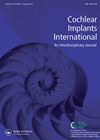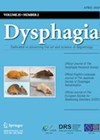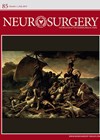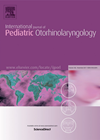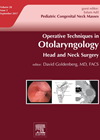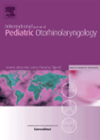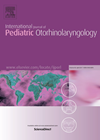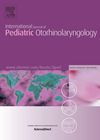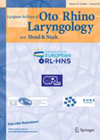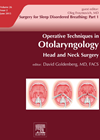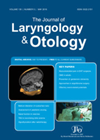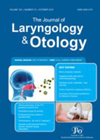
Journal Reviews
The impact of bilateral implantation on language outcomes
An American study retrospectively looked at the language outcomes of 204 children implanted either bilaterally, sequentially or unilaterally. All children received their first implant before the age of three years, and language measures were collected when the children were aged...
Telepractice for the delivery of paediatric feeding services
During the current COVID-19 pandemic, telepractice is being heralded as the safest service delivery mode for the majority of outpatient consultations. Patients are reviewed by their healthcare specialist through video consultations, thus avoiding the need for patients to leave their...
Paediatric versus adult pituitary adenomas
This retrospective study compares paediatric with adult patients undergoing pituitary adenoma surgery over a period of 26 years at a single institution. All surgeries were performed via a sublabial approach using the operating microscope. An endoscope was used occasionally for...
Intracranial complications of otitis media – the difference between kids and adults
Despite a decrease in intracranial complications from otogenic infections since the introduction of antibiotics, there is still morbidity and mortality associated with this. This group from the Netherlands conducted a retrospective review of all the patients treated for intracranial complications...
Radiology and paediatric neck lumps
This is a comprehensive article examining the modalities available for children presenting with suspected congenital neck lumps. Each modality is explained in turn, with pros and cons highlighted, but also in the context of the emergency patient and the elective....
Predicting postoperative respiratory complications following paediatric adenotonsillectomy
This systematic review aimed to compare the presence of clinical features versus the polysomnography results in predicting major postoperative respiratory complications in children undergoing adenotonsillectomy for OSA. The study was prepared according to the PRISMA checklist. Overall 22 studies met...
Post-operative tonsillectomy bleeding with a normal clinical exam
Tonsillectomy is amongst the most common surgical procedures performed across the western world. For patients who report bleeding post-tonsillectomy, but have no clinical findings on examination, the management can be unclear. The accepted current management in most centres would be...
Long-term swallowing function in bilateral vocal cord immobility
Vocal cord immobility is the second most common abnormality of the larynx in the paediatric population. The team from New York aimed to characterise the long-term swallowing function in a cohort of patients with bilateral vocal cord immobility over a...
Factors determining success of adenotonsillectomy in paediatric obstructive sleep apnoea
Patient selection is important for any successful surgical procedure. Adenotonsillectomy for obstructive sleep apnoea secondary to adenotonsillar hypertrophy is no exception. This retrospective Taiwanese study attempts to find preoperative factors that have a positive influence for this commonly performed operation....
Surgical options for children with OSA
This paper looks at the surgical management of OSA in children and approaches the method of patient selection initially. They discuss the role of polysomnography in that it is part of the AAOHNS criteria in those patients with OSA symptoms...
Investigations in the management of OSA in children
The purpose of this study was to pick up variation of practice across the UK in the assessment and management of children with suspected OSA, particularly with reference to pulse oximetry and polysomnography. A questionnaire-based survey revealed that preoperative pulse...
A comparison of cold dissection, coblation and diode laser tonsillectomy
Excellence in tonsillectomy is based on the time taken, blood loss and rapid recovery with minimal pain. In this study, 120 children underwent tonsillectomy by three methods, namely cold dissection, coblation and diode laser dissection in three randomly allocated groups...

